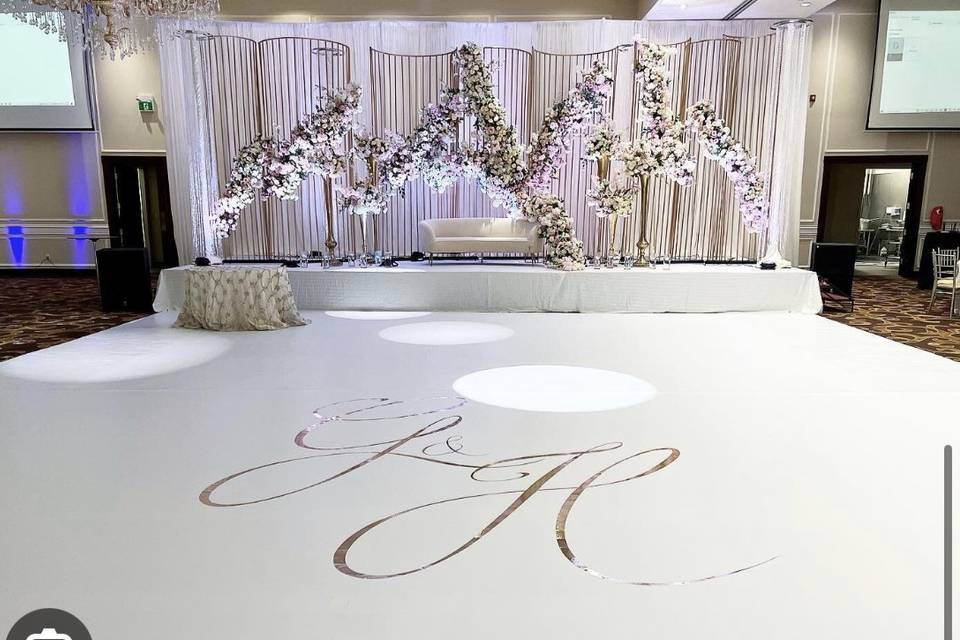Selecting the appropriate materials for building a durable and safe external performance floor is crucial for ensuring an enjoyable experience. Outdoor movement platforms must endure diverse weather elements while providing a stable foundation for dancers and participants. Therefore, it is essential to evaluate factors such as material resilience, safety attributes, and maintenance requirements when making selections. This guide will explore several suitable materials and their advantages in creating an outdoor dance floor.
One common option for exterior dance floors is wood. Wood provides a traditional and inviting appearance that many consider attractive. Hardwoods like beech or oak are particularly favored due to their durability and ability to absorb shock, which can protect dancers’ joints. Additionally, wood has natural slip-resistant properties when finished properly, minimizing the risk of accidents. However, maintaining a wooden dance floor demands regular sealing and refinishing to shield it from moisture and ultraviolet damage, making it critical to consider the environment in which the floor will be placed.

Another viable option is composite materials, which blend wood fibers with polymers. These composites are designed to be impervious to moisture, mold, and fading from UV exposure. Composite dance floors offer longevity comparable to conventional wood without the intensive upkeep. They are less susceptible to warping and cracking than natural wood floors when subjected to harsh outdoor conditions. In addition, composite surfaces often have built-in anti-slip properties, making them a more secure selection for open-air events.
For those seeking a more modern approach, interlocking tiles made of polyvinyl chloride or elastomer are excellent alternatives. These tiles are designed for easy setup and can be reconfigured or replaced as needed. The flexibility of using interlocking tiles permits rapid assembly and disassembly, making them suitable for temporary dance events or gatherings. Moreover, these materials provide cushioning that enhances comfort while dancing and minimizes the risk of injuries caused by falls. The non-porous structure of PVC and rubber also inhibits water absorption, further prolonging the life of the flooring.
Finally, it is crucial to consider the location and planned function of the outdoor dance floor when selecting materials. For instance, if the dance floor will be situated in a high-traffic area or exposed to inclement weather frequently, choosing robust surfaces that require low maintenance will be important. On the other hand, for less intense use or in more sheltered locations, lighter materials may suffice. In any case, dance floor rentals for parties prioritizing safety aspects such as traction and impact resistance should stay at the forefront of design.
To summarize, constructing a long-lasting and safe outdoor dance look at this now floor involves careful assessment of diverse materials suited for different environments and purposes. Timber offers timeless aesthetics but demands consistent maintenance; composite materials balance aesthetics with resilience; modular flooring offer adaptability and convenience. Ultimately, understanding the unique requirements of the dance floor's planned use will inform material selection toward choosing the most suitable solution for an satisfying and secure dancing experience outdoors.